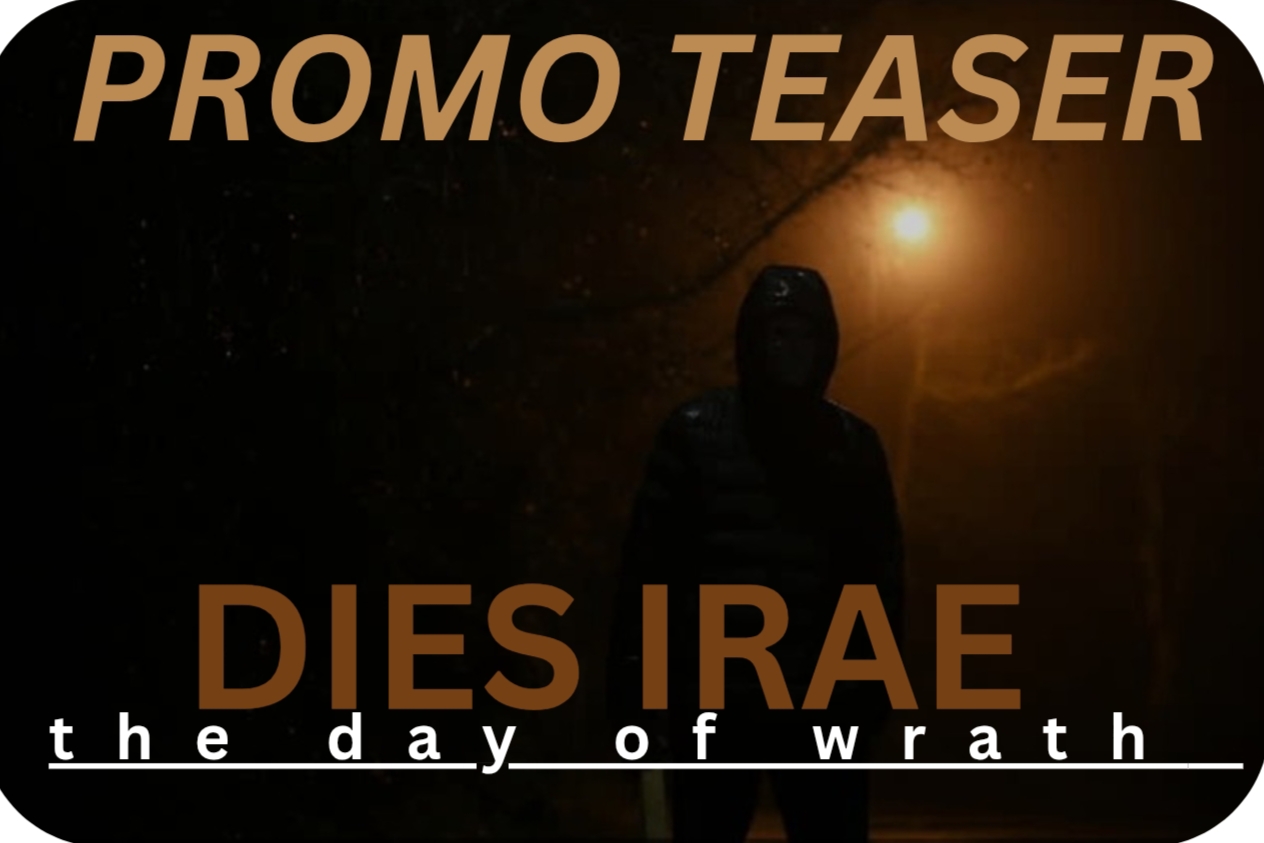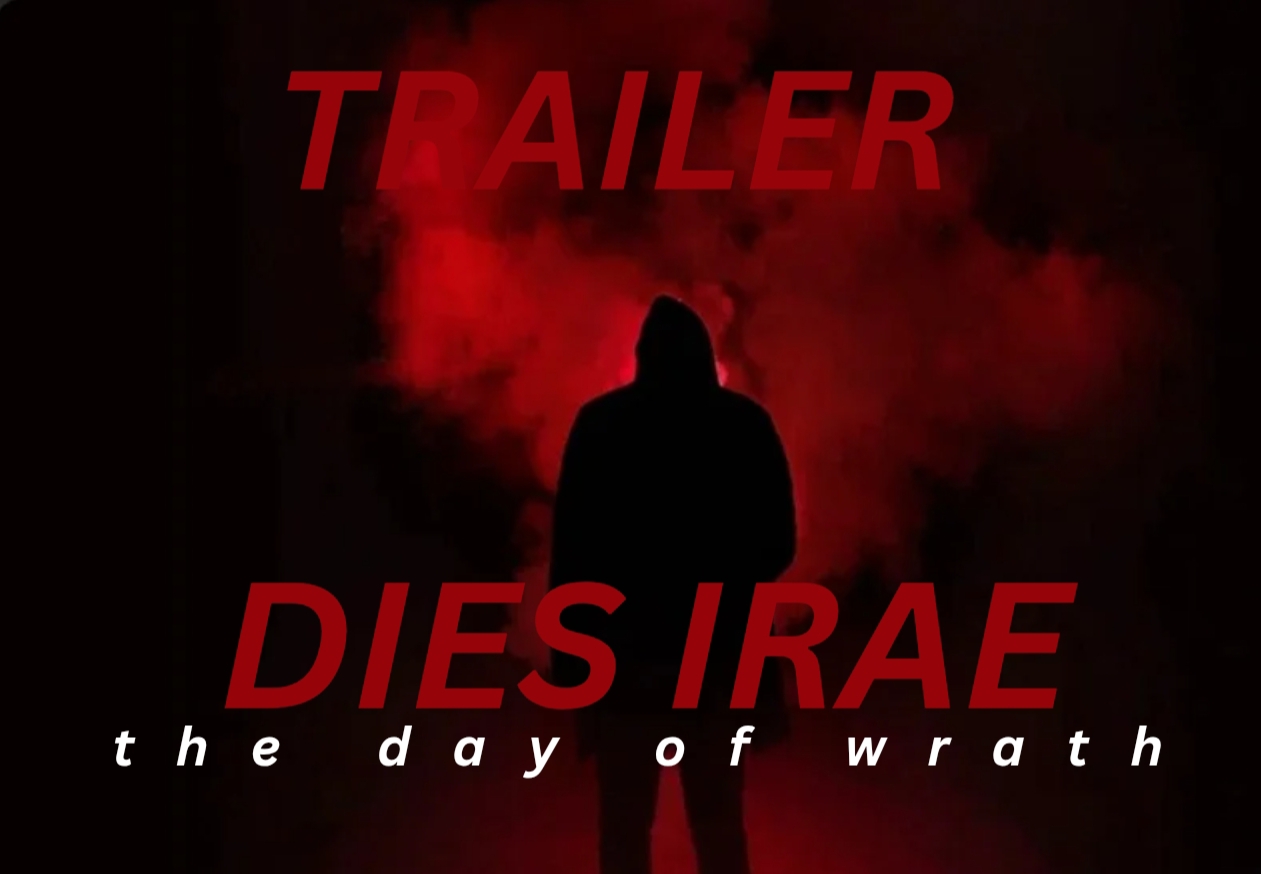In “Dies Irae,” filmmaker Rahul Sadasivan creates a terrifying horror experience that turns ordinary events into causes of fear, proving once again that he is a master of the genre.
Dies Irae Theatre Experience: Why Silence Matters:
Fans are talking a lot about Pranav Mohanlal’s scary movie “Dies Irae,” which has been acclaimed for how well it builds up suspense. But disruptive crowds are making the tension that the producers wanted to show less strong .To improve the movie-going experience, theater owners across Kerala have started putting up signs asking people to stay quiet during screenings.
Dies Irae: A Perfect Blend of Emotion, Mystery, and Fear:
When horror happens in everyday life, it really gets to you. The cold would only slowly and silently creep down our spine until we saw it in the most unlikely of shapes. In Dies Irae, Rahul Sadasivan finds dread in even a light breeze blowing over someone’s hair. After the movie, the feeling of wind in the hair isn’t as exciting as it used to be. There is more…fear, which we get from things we see every day, like a ray of light or the sound of a hair clip clicking.
Although some of the filmmaker’s frightening devices, such as a few jump scares, are well-known in the horror genre, the way he deploys them and the atmospherics he creates create fresh anxieties. The victim of all those anxieties is Rohan (Pranav Mohanlal), the heir of a very wealthy family who believes something is wrong with his enormous home. He digs all the way to the core of the situation in order to escape it.

Movie :Dies Irae (Malayalam)
Director: Rahul Sadasivan
Cast: Gibin Gopinath,Pranav Mohanlal, Arun Ajikumar Jaya Kurup
Runtime: 113 minutes
Storyline: Feeling that something is wrong with his enormous home, the scion of a very wealthy family searches for the source of the issue.
How Light and Sound Create Real Terror in Dies Irae:
Dies Irae is more confrontational than Sadasivan’s Bhoothakalam, which functioned more in the realm of unseen horrors and even left open the possibility of a logical explanation. Here, the elements of dread are palpable and even apparent. However, that doesn’t lessen the intended impact of the movie in any way. Instead, it creates some incredibly fulfilling dramatic moments through clever staging and the smooth integration of the sound, visual, editing, and music departments.
One of the most memorable scenes comes just before the break, with a gradual increase in tension and a change in tempo that is portrayed by a play of shadows and puts the audience squarely in the protagonist’s scared shoes. The presence of a filmmaker who is so comfortable with the horror genre can be felt in these times as they joyfully turn up the shock factor. Cinematographer Shehnad Jalal, Sadasivan’s loyal lieutenant, employs light and its absence in a variety of ways to evoke anxiety, albeit it is not as minimalistic as his work in Bhoothakalam or Bramayugam.
The Story of Dies Irae: Fear, Family, and the Unknown
Dies Irae may seem like a typical horror story at first, but it quickly turns into a mystery thriller. There will be more pyrotechnics in the mystery-unraveling last act, as Sadasivan’s writing makes room for a fittingly unusual emotional moment. When the anxieties fade, the audience is left with a more profound subtext to ponder. The title’s Latin poetry, which represents the Last Judgment, has a tenuous link to the story, but given what the movie accomplishes, it all becomes irrelevant.
The modest cast of Gibin Gopinath, Arun Ajikumar, and Jaya Kurup, in addition to Pranav Mohanlal, give powerful performances that fully express fear. Rahul Sadasivan creates the kind of nightmare that all horror filmmakers dream about. Dies Irae is perhaps one of the best horror movies ever made in Malayalam.

